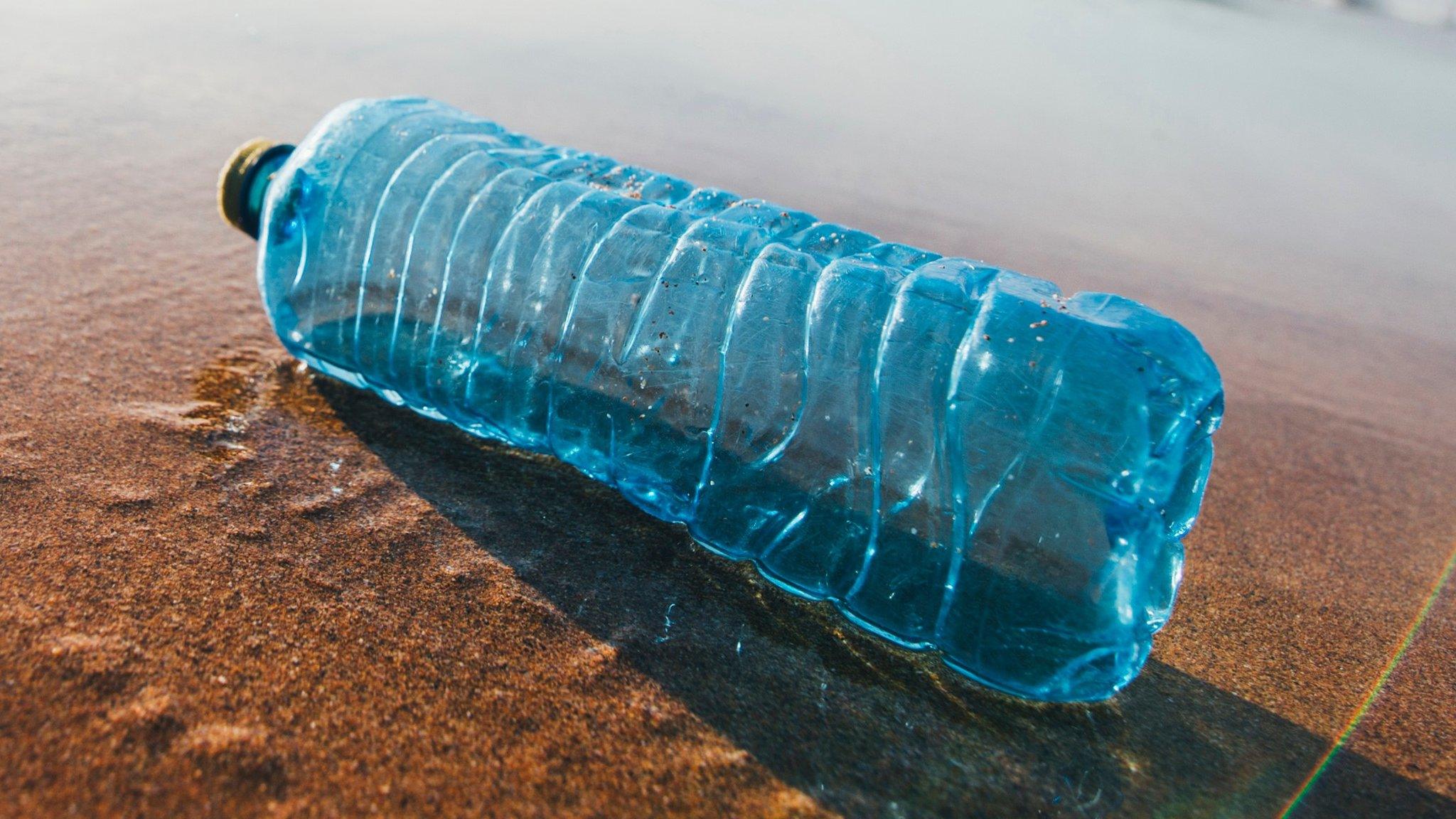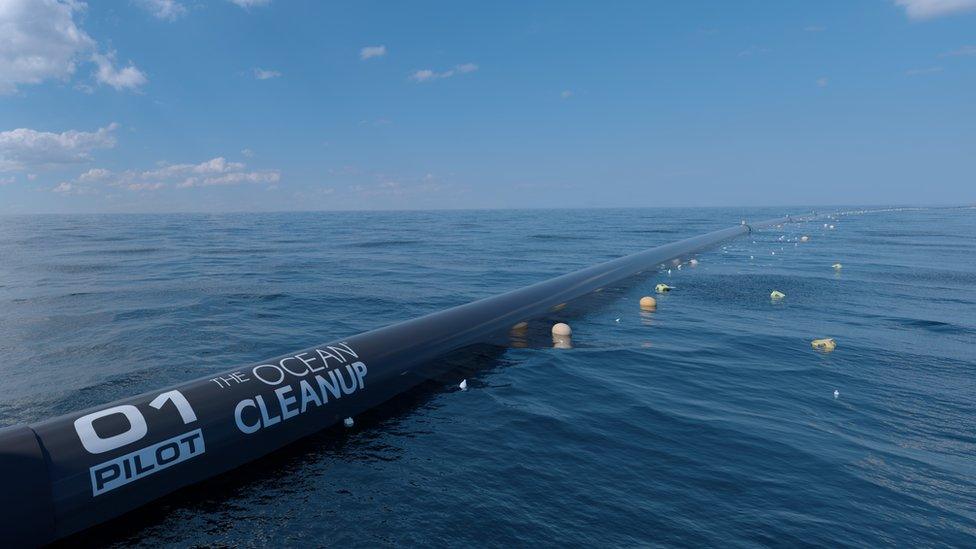How man-made sounds are affecting life deep in the ocean
- Published
- comments
WATCH: Hear fish talking to each other in the ocean
Did you know that fish have their own language?
Under the surface there's a beautiful ocean chorus - a secret soundscape that humans rarely get to hear.
It's created by everything from the magnificent Blue Whale's song, to little whoops made by the bright Ambon Damselfish.
But the noise created by boats and underwater construction is polluting the oceans and causing problems for marine life.
WATCH: How do fish hear? Dr Steve explains
'Acoustic world'
Marine biologist, Dr Steve Simpson has been studying sound pollution for many years and says that fish rely on the natural sounds of the sea for their survival.
Steve said: "Fish are able to use their acoustic world to listen and find habitats, they can navigate at night and they can communicate with each other when they go hunting."
"Fish will use sound as a way to impress each other, to find food or to avoid predators," he added.
In the ocean it's rare to see more than 100 metres, but distinct sounds can be heard for many kilometres.
Scientists now know that as man-made noise travels, it drowns out the natural ocean soundscape and makes it difficult for fish to hear each other.
This affects their ability to find food and mates, causes stress and changes their behaviour.
"The sound level under the ocean has gone up, so rather than being in the quiet countryside, it's now like being in a city." said Steve.
In areas busy with boats and ships, scientists have even found physical damage in large mammals, like whales.
Sound pollution is just one of many problems affecting the world's oceans. Plastic and chemical pollution, acidification and rising sea temperatures are also causing big concerns.
But unlike other pollutants, sound is easy to tackle, because once we stop making the noise, the pollution is gone.
WATCH: How sound pollution has changed the way dolphins and whales communicate
'Quiet sanctuaries'
Experts like Steve are now working with shipping companies to design boat engines that make less noise.
Quiet sanctuaries are also being created for areas around whale migration routes or the places mammals like to feed or reproduce.
But there's still a lot of work to be done, and finding out more about how to protect marine life from man-made sound is a huge task.
To help them with their work, scientists are now asking for help from volunteers who live on the ocean.
WATCH: Take a tour of Given Time - a boat helping to map the oceans
A project called Given Time is now getting ready to help scientists like Steve, by connecting him and other experts with some of the three thousand sailing boats, currently cruising around the world.
Sailing boats create minimal noise as they use the wind to travel most of the time, rather than an engine.
Conor La Grue is heading up the project. He says the sailing community can act as the eyes and ears for scientist in some of the most remote places on Earth.
"Only 5% of coral reefs have ever been explored and there's thousand of cruisers dotted all over the planet, who are really keen to help."
WATCH: Ricky finds out how noise pollution is affecting the ocean life
"They can explore places that the science community have never visited and couldn't go."
Conor and his crew are preparing to sail around the world for the next seven years, recording sound, taking sea temperatures and mapping plastics in the sea, wherever they go.
It's hoped that Given Time will allow those wanting to get involved in the fight to protect our oceans, an opportunity to make a difference.
Credit: Footage from Blue Planet II and Given Time.
- Published17 March 2020

- Published8 June 2022

- Published15 May 2017

